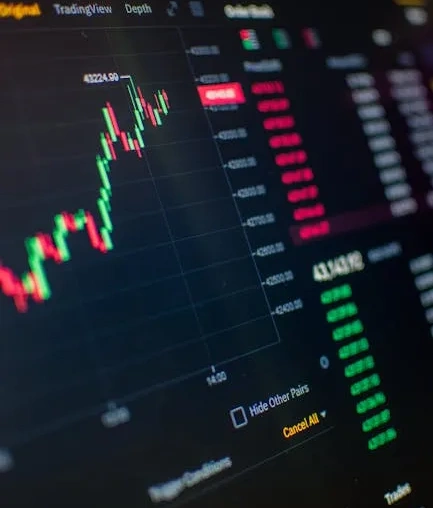
Coinbase Plans $2 Billion Debt Offering to Strengthen Post-Q2 Finances
In the wake of disappointing revenue results from its second quarter, Coinbase is taking decisive steps to bolster its financial standing. The cryptocurrency exchange has announced plans to raise $2 billion through a private placement of convertible debt targeted at institutional investors. This strategic move aims to provide Coinbase with the necessary capital to navigate the current market challenges and strengthen its position in the competitive landscape of digital currencies.
Understanding the Debt Offering
The proposed debt offering will be split between maturities in 2029 and 2032, allowing Coinbase to tap into Wall Street’s extensive resources without exposing itself to retail investors. This approach not only diversifies its funding sources but also aligns with the preferences of institutional buyers who are increasingly interested in the cryptocurrency sector.
Convertible debt is a financial instrument that provides investors with the option to convert their debt holdings into equity at predetermined terms. This feature can be particularly appealing to institutional investors, as it offers the potential for upside if Coinbase’s stock performance improves in the future.
Impact of Q2 Earnings on Coinbase’s Strategy
Coinbase’s recent financial results have raised concerns among investors. The exchange reported a significant decline in revenue, prompting the need for proactive measures to stabilize its financial health. By seeking to raise funds through convertible debt, Coinbase aims to enhance its liquidity and support ongoing operations amidst a challenging economic environment.
The decision to pursue institutional funding rather than relying solely on retail investors reflects a broader trend in the cryptocurrency market. As regulatory scrutiny increases and market volatility remains a concern, companies are looking for ways to secure capital while minimizing risk exposure.
What This Means for the Future
The success of this debt offering could have far-reaching implications for Coinbase and the cryptocurrency industry as a whole. If the offering is well-received, it may pave the way for other crypto companies to explore similar funding strategies, signaling a maturation of the industry. Furthermore, a robust capital position could enable Coinbase to invest in new technologies, expand its services, and enhance user experience, all of which are critical for maintaining its competitive edge.
Conclusion
As Coinbase navigates the aftermath of its Q2 revenue slide, the proposed $2 billion convertible debt offering represents a pivotal moment for the exchange. By focusing on institutional investors, Coinbase is not only securing much-needed capital but also adapting its strategy to meet the evolving demands of the cryptocurrency market. The outcome of this initiative will be closely watched by industry stakeholders as the landscape continues to evolve.



